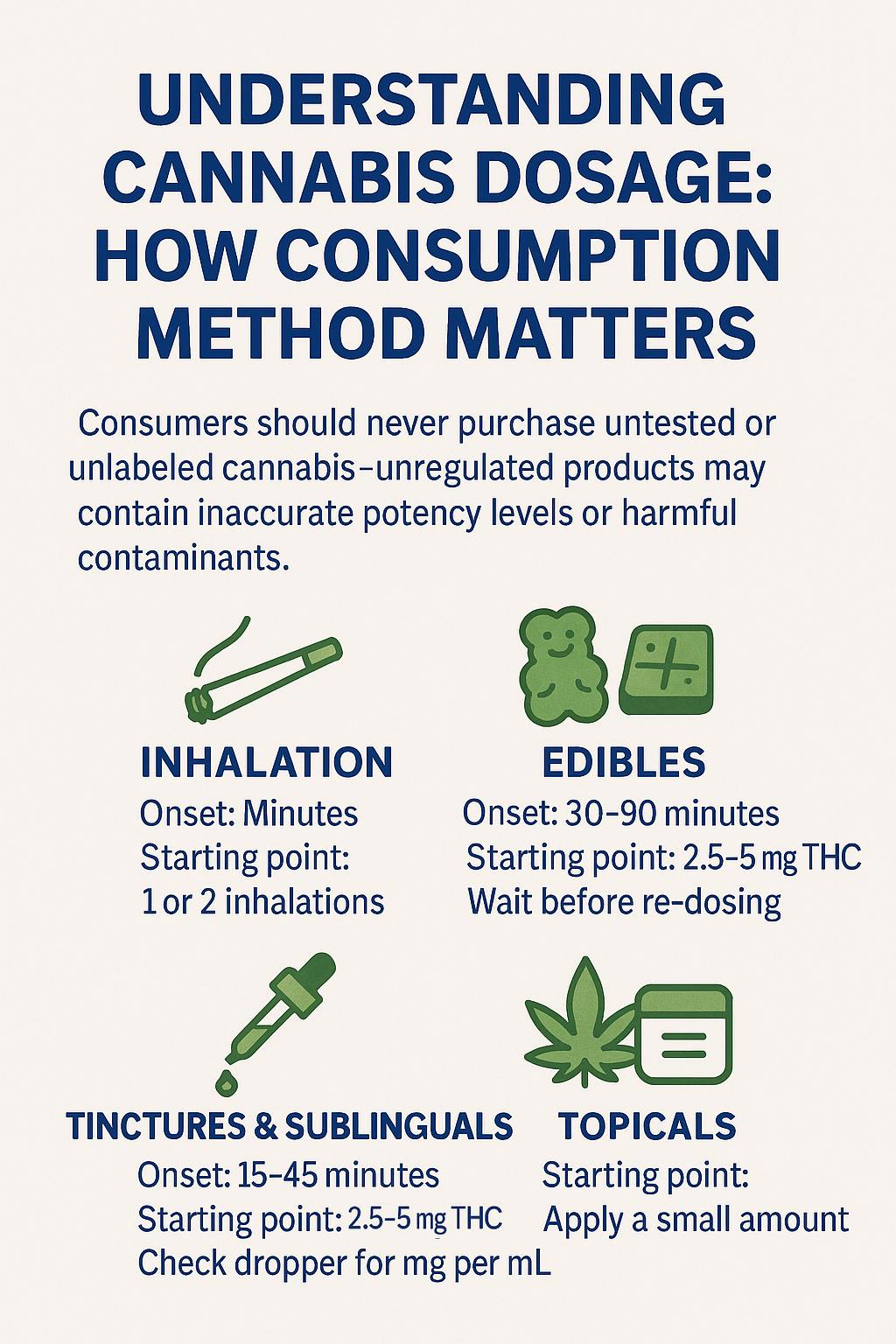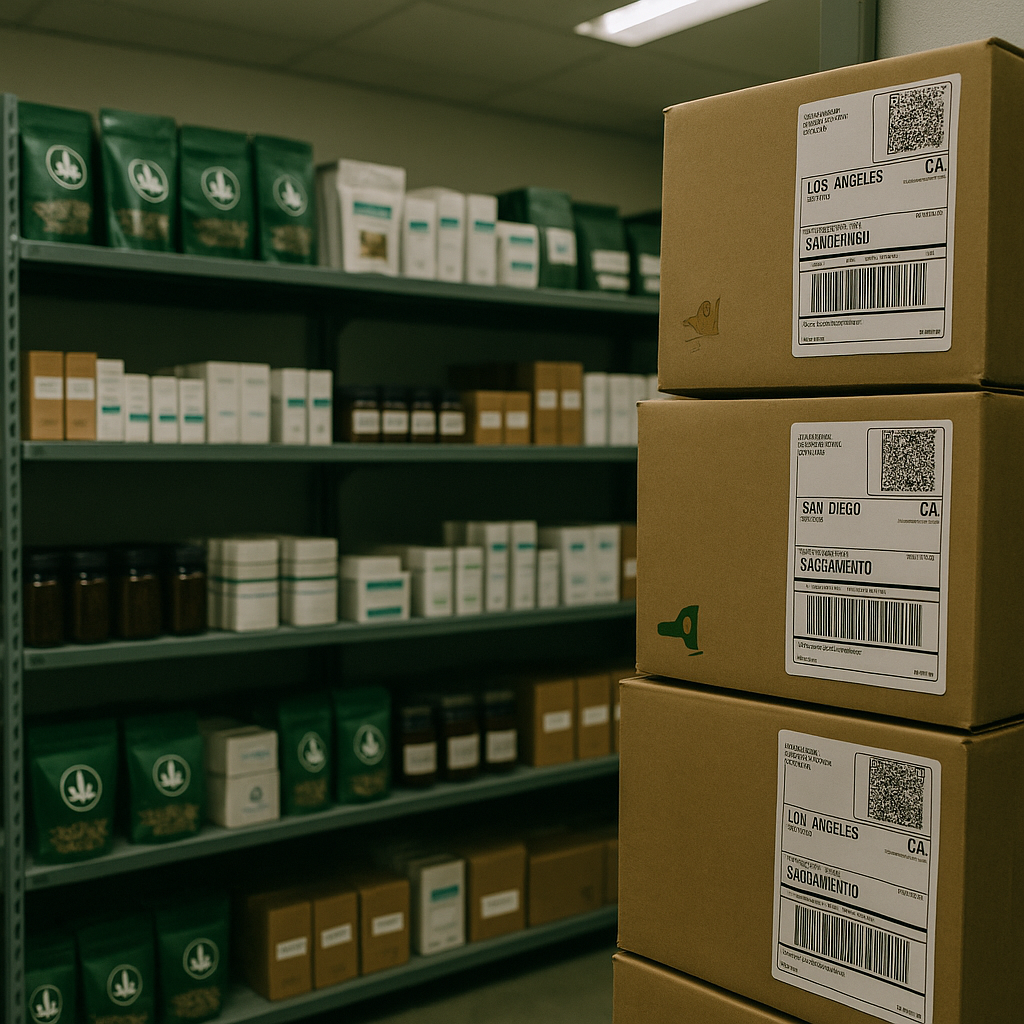On Wednesday, June 1, New York's Cannabis Control Board (CCB) approved a series of proposed rules for cannabis packaging, labeling, advertising, and testing requirements in preparation for the launch of its adult-use cannabis market.
The new rules were established to help ensure public health and safety and prevent underage cannabis use.
Businesses must ensure that their cannabis packaging contains information about the concentration of THC and CBD expressed in milligrams as well as the number of servings, the weight of the cannabis product, and the lot number. Edible products and beverages must include a nutritional label as well.
Furthermore, the retail packaging or marketing layer must warn consumers that the products contain THC and include in capital letters "KEEP OUT OF REACH OF CHILDREN AND PETS. For use only by persons 21 years and older." They should also include the National Poison Control Center's number and a warning that pregnant women and nursing individuals should not use cannabis.
Other regulations on adult-use cannabis marketing established that businesses cannot promote price reductions, discounts, free promotional items/gifts, giveaways, points-based reward systems, customer loyalty programs, or coupons. They also cannot use the word "organic" in marketing their products.
Advertisements of cannabis products, cannabis paraphernalia, or goods or services related to cannabis products can be marketed through television, radio, print, internet, mobile applications, social media, other electronic communication, or print publications if they have reliable evidence that at least "90 percent of the audience for the advertisement is reasonably expected to be 21 years of age or older."
Businesses that advertise via a website or digital applications should have a mechanism designed to prevent those under 21 from visiting the page, such as age verification plugins.
The proposed regulations would ban any use or display of images, audio, and colloquial references to cannabis that could be seen as attractive to individuals under 21. Claims about the health and therapeutic effects or benefits of cannabis will also be forbidden.
Finally, retail businesses cannot display advertisements within 500 feet of specific public spaces, including elementary or secondary schools, recreation and childcare centers, playgrounds, public parks, or libraries, or "produce any items for sale, or promotional gifts, such as T-shirts or novelty items, bearing a symbol of or references to cannabis."
In this way, cannabis regulators aim to implement a series of restrictions that would crack down on the current gray area being occupied by unlicensed businesses that "gift" cannabis or exploit other loopholes of the current legislation that allow them to sell cannabis without a license and avoid taxation.
The CCB has also approved specific testing requirements for cannabis products, and labs will also need to screen for contaminates.
At first glance, the proposed restrictions seem to be tight for cannabis businesses. However, they share similarities with the rules issued in several other legal cannabis states, including California.
Both California and New York aim to provide the best cannabis legislation for businesses and consumers while at the same time protecting children and public health.
Like the proposed regulations on cannabis marketing and advertising presented by New York regulators, the rules issued in California focus on the protection of people under 21 years old and overall public safety concerning cannabis products.
They enacted a series of restrictive measures to ensure businesses wouldn't directly or indirectly encourage under 21 people to engage with cannabis products and their marketing.
However, there are a few substantial differences between California's and New York's cannabis marketing and advertising restrictions.
While California prohibits businesses from advertising or marketing "cannabis or cannabis products on an advertising sign within 1,000 feet of a day care center, school providing instruction in kindergarten, or any grades 1 to 12, inclusive, playground, or youth center," New York further limited it to 500 feet.
Restrictions of California's adult-use cannabis market state that any advertising or marketing employed via broadcast, cable, radio, print, and digital communications can "only be displayed where at least 71.6 percent of the audience is reasonably expected to be 21 years of age or older." In comparison, New York set the threshold at 90 percent.
The difference lies in the alcohol advertising restrictions of California. In fact, restrictions on cannabis advertising follow the threshold set by the state's alcohol advertising regulations, which stipulate that alcohol-related ads can be shown only where at least 71.6 percent of the audience is expected to be 21 years old or above.
But aside from the proposed regulations, it will be more interesting to see how they are enforced.
For instance, California has been having difficulty regulating billboards. Just like what is likely to happen in New York, California's restrictions prohibited businesses from advertising cannabis products on billboards across the Golden State.
However, regulators passed a rule in 2019 that allowed businesses to advertise on billboards along interstate highways as long as the signs were more than 15 miles from the state border. But several judges ruled that California's adult-use cannabis regulators had made those limitations too strict, allowing many billboards advertising cannabis products to pop up along California highways even though they were banned under the 2016 legislation that legalized the sale of cannabis for recreational use.
For regulators, the main problem with the restrictions on marketing and advertising cannabis products is to calculate and balance protecting children from cannabis products and the right of cannabis businesses to market their products and legitimize the industry.
Lax measures on cannabis advertising can break the pledge made by those who campaigned for cannabis legalization to protect the youth. Yet, at the same time, regulations that are too restrictive may significantly limit the outreach of cannabis businesses, which are already impacted by social media advertising restrictions due to the illegality of recreational cannabis at the federal level.
All regulations concerning cannabis packaging, labeling, and advertising in New York are now under a public comment period, after which they could be amended based on the public response.

NYS Cannabis Connect Staff
All of the recent cannabis news and resources, all in one place.




Related News
How to Read a New York Cannabis Label: What Every Consumer Should Know
Oct 20, 2025
Sprayed Terps: The New Threat to Authentic Cannabis in New York
Apr 30, 2025
Cannabis censorship on social media: how to promote your business accordingly
Apr 02, 2023